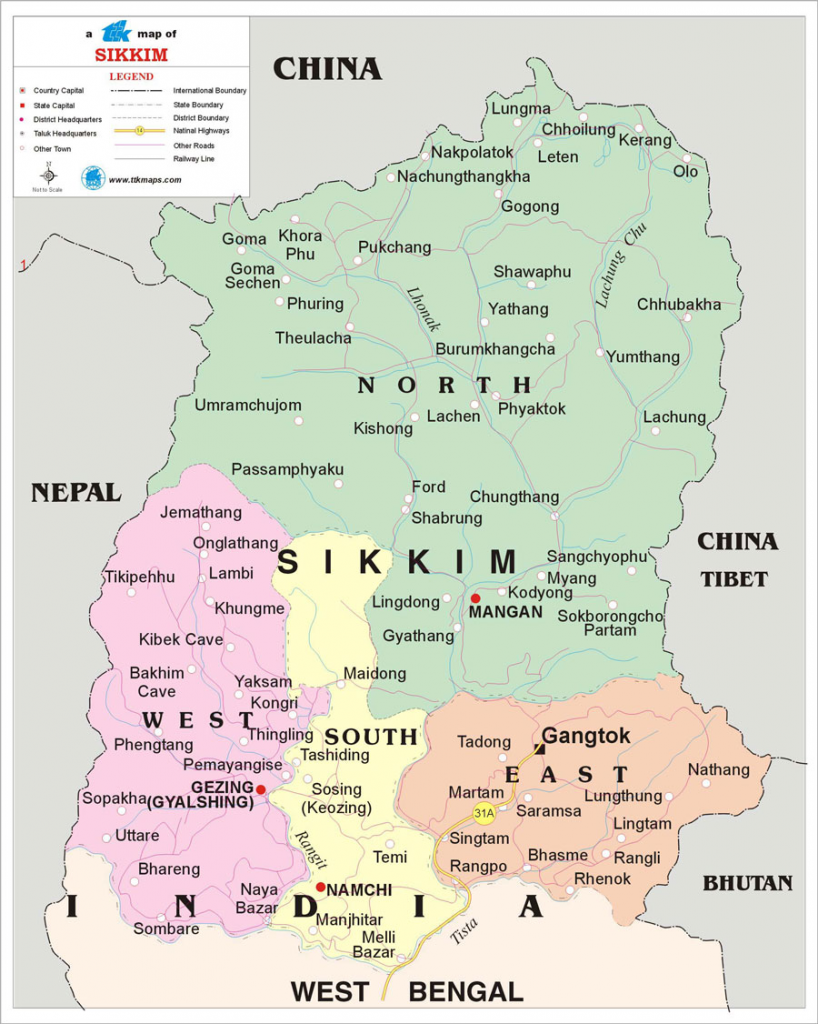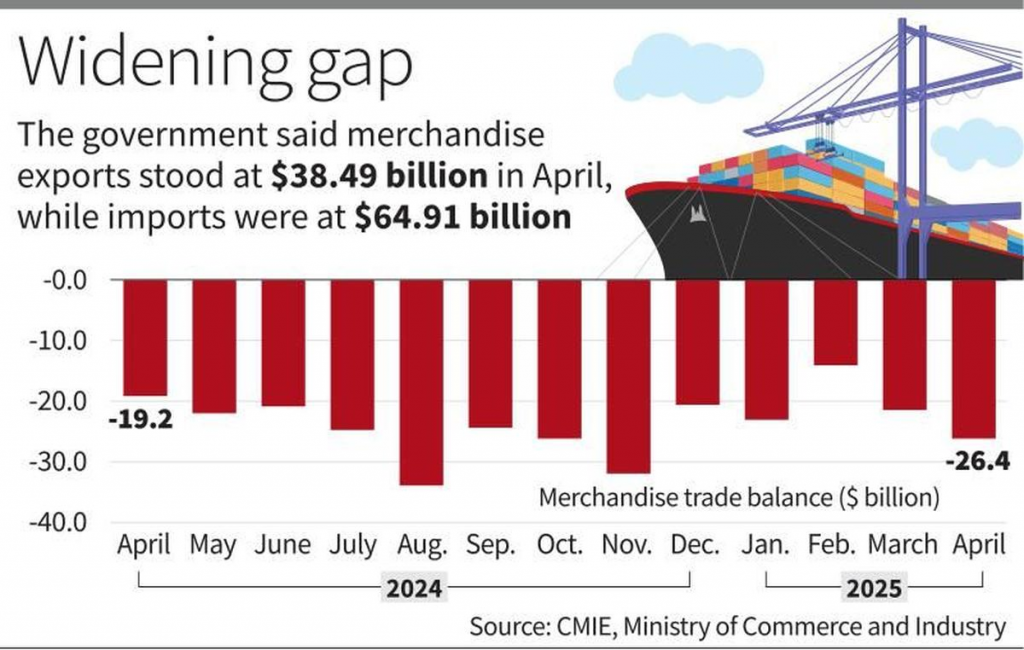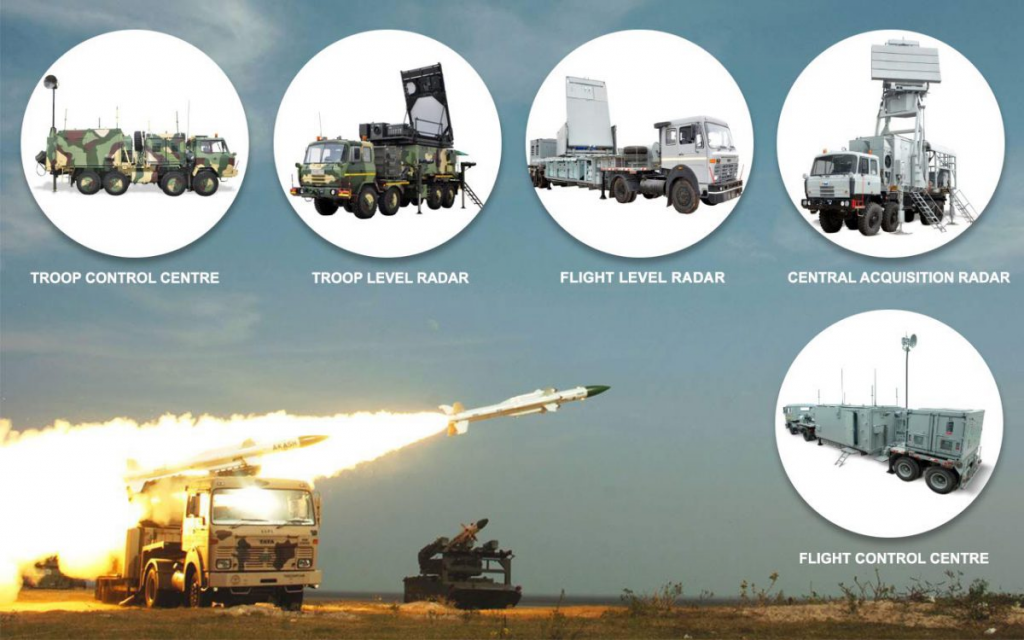Pushkar Kumbh
Syllabus: GS1/ Art & Culture
In News
- After a 12-year interval, Uttarakhand is hosting the Pushkar Kumbh Mela at Keshav Prayag in Mana village.
About Pushkar Kumbh
- Pushkar Kumbh is a sacred Vaishnavite pilgrimage held every 12 years at Keshav Prayag, the confluence of the Alaknanda and Saraswati rivers in Mana village, Uttarakhand, when Jupiter enters Gemini.
- It holds deep spiritual significance as the site where Ved Vyas composed the Mahabharata. Saints like Ramanujacharya and Madhvacharya are believed to have received divine knowledge from Goddess Saraswati here.
- Though smaller than traditional Kumbhs, it attracts devotees, especially from South India, and is seen as a bridge uniting India’s diverse spiritual traditions.
Source: TH
Sikkim’s 50th Statehood Day
Syllabus: GS2/Polity
Context
- Prime Minister Narendra Modi extended his wishes on the occasion of the 50th anniversary of Sikkim’s statehood.
About
- Sikkim became the 22nd state of India on May 16, 1975, under the leadership of Lhendup Dorjee Khangsarpa, the state’s first Chief Minister.
- Sikkim was earlier referred to as the Chogyal Kingdom, ruled by Chogyals.
- Location: Sikkim is located in the northeastern part of the country, in the eastern Himalayas.
- It is bordered by the Tibet Autonomous Region of China to the north and northeast, by Bhutan to the southeast, by the Indian state of West Bengal to the south, and by Nepal to the west.

- Kangchenjunga, the highest peak of India is situated in Sikkim.
- The People of Sikkim consist of three ethnic groups, that is, Lepcha, Bhutia and Nepali.
- The official languages of the state are English, Nepali, Sikkimese (Bhutia) and Lepcha.
- State Animal: Red Panda
Source: AIR
Appointment of UPSC Chairman
Syllabus: GS2/Polity and Governance
Context
- President Droupadi Murmu has appointed Dr. Ajay Kumar as the Chairman of the Union Public Service Commission under Article 316 (1) of the Constitution.
About
- The post of UPSC chairman fell vacant after the completion of Preeti Sudan’s tenure.
- The UPSC conducts civil services examinations to select officers for the Indian Administrative Service , Indian Foreign Service and the Indian Police Service , among others.
- Members: Besides the chairman, it can have a maximum of 10 members.
- A UPSC chairman is appointed for a term of six years or until attaining 65 years of age, all members have the same term.
- Reappointment: The UPSC Chairman is not eligible for reappointment after completing their term.
- Removal (317): Removal by President:
- Can only be done on the ground of misbehaviour.
- Requires a Supreme Court inquiry and report confirming the misbehaviour.
- Reference to the Supreme Court is made by the President.
- Can remove without Supreme Court inquiry if the person: Is adjudged insolvent, engages in paid employment outside office duties, is unfit due to mental or physical infirmity.
Source: PIB
India’s Trade Deficit Widens to $8.65 Billion
Syllabus: GS3/ Economy
Context
- India’s total trade deficit, combining both merchandise and services, widened to $8.65 billion in April 2025, compared to $5.77 billion in April 2024, as per data released by the Ministry of Commerce and Industry.
About
- Export Performance: India’s total exports (merchandise + services) in FY 2024–25 touched an all-time high of $824.9 billion, registering a 6% year-on-year growth.
- Merchandise Trade (Goods):
- Exports rose 9% to $38.49 billion in April 2025.
- Imports increased at a faster pace, 19.1%, reaching $64.91 billion.
- Merchandise trade deficit widened to $26.4 billion (up from $19.19 billion in April 2024).
- Services Trade:
- Services exports grew 17% to $35.31 billion.
- Services imports rose 4.6% to $17.54 billion.
- Services trade surplus thus stood at $17.77 billion, which helped moderate the overall deficit.

| What is Trade Deficit? – If a country imports more goods and services from other countries than it exports to them, it is said to have a trade deficit. – Trade Deficit weakens the domestic currency. |
Source: TH
Lupex Mission
Syllabus: GS3/Space
Context
- India and Japan are set to enter the design phase of the Lunar Polar Exploration (LUPEX) mission, also referred to as Chandrayaan-5.
About the Mission
- Objective: To conduct detailed exploration of the Moon’s south polar region, especially focusing on water ice deposits.
- Mission life: Approved by the Cabinet in March this year, the mission is proposed to be for 3.5 months (100 days).
- Lander and Rover: ISRO is developing the lander, while JAXA is building and programming the 350-kg rover to traverse the lunar surface and climb slopes up to 25 degrees.
| India’s Lunar Exploration Timeline |
Source: IE
Akash Missiles System
Syllabus: GS3/Defence
Context
- The indigenously developed Akash missile system was pivotal in thwarting Pakistan’s aerial attacks during Operation Sindoor.
About the Akash Missiles
- Type: It is a mobile short-to-medium-range surface-to-air missile (SAM) system.
- Developed by: Defence Research and Development Organisation (DRDO), it is currently in service with the Indian Air Force (IAF) and the Indian Army.
- Purpose: It provides air defence cover to vital assets against enemy aircraft, cruise missiles, and UAVs, and can engage multiple targets simultaneously.
- Features: Capable of speeds up to Mach 2.5, with high manoeuvrability to intercept dynamic aerial threats.
- The original Akash missile variant had an operational range of 27 to 30 kilometers, and could rise to an altitude of up to 18 km.
Other Variants
- Akash Prime: Akash Prime boasts much improved reliability in low temperature environments and higher altitudes.
- Akash-NG (New Generation): Extended range up to 70 km.
- Designed to intercept stealthy, high-manoeuvrability threats with low radar cross-section (RCS).
- Features a compact footprint and is lighter and more agile.

| Do you know? – In December 2020, the Union Cabinet approved exports of the Akash missile. – In 2022, Armenia became the first foreign buyer, signing a deal worth ₹6,000 crore for 15 Akash missile systems. |
Source: IE